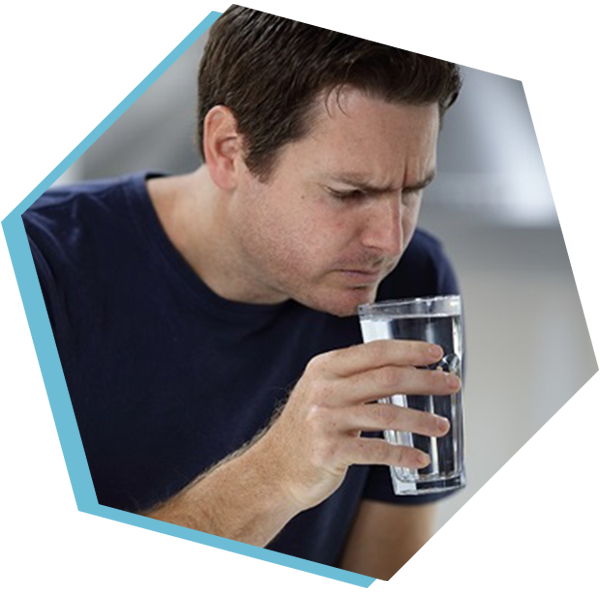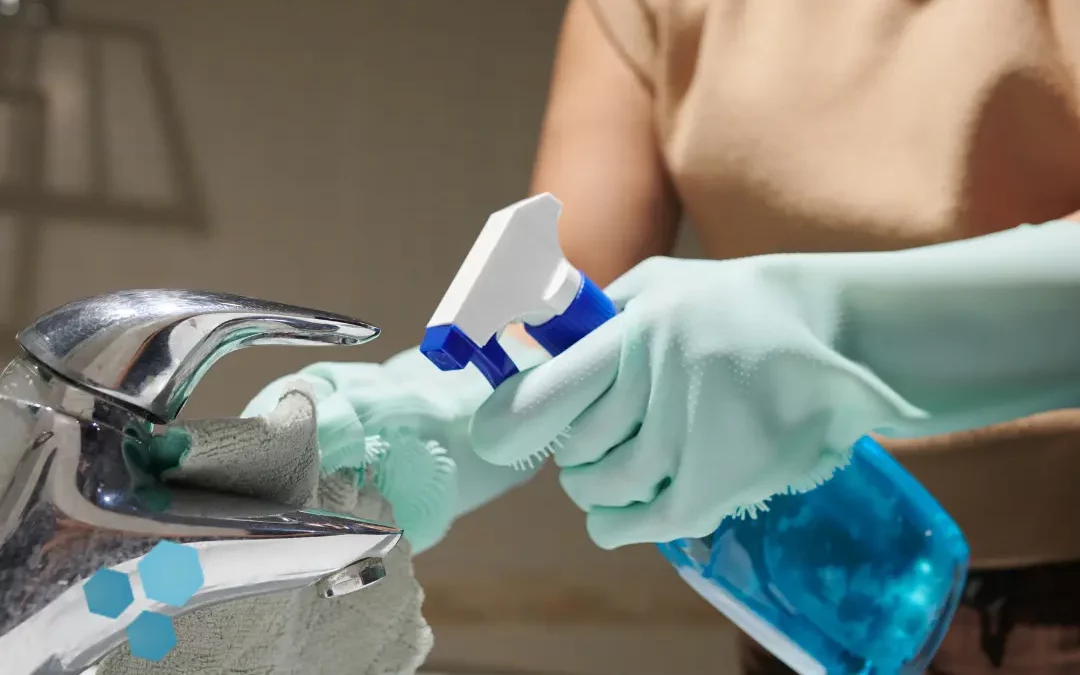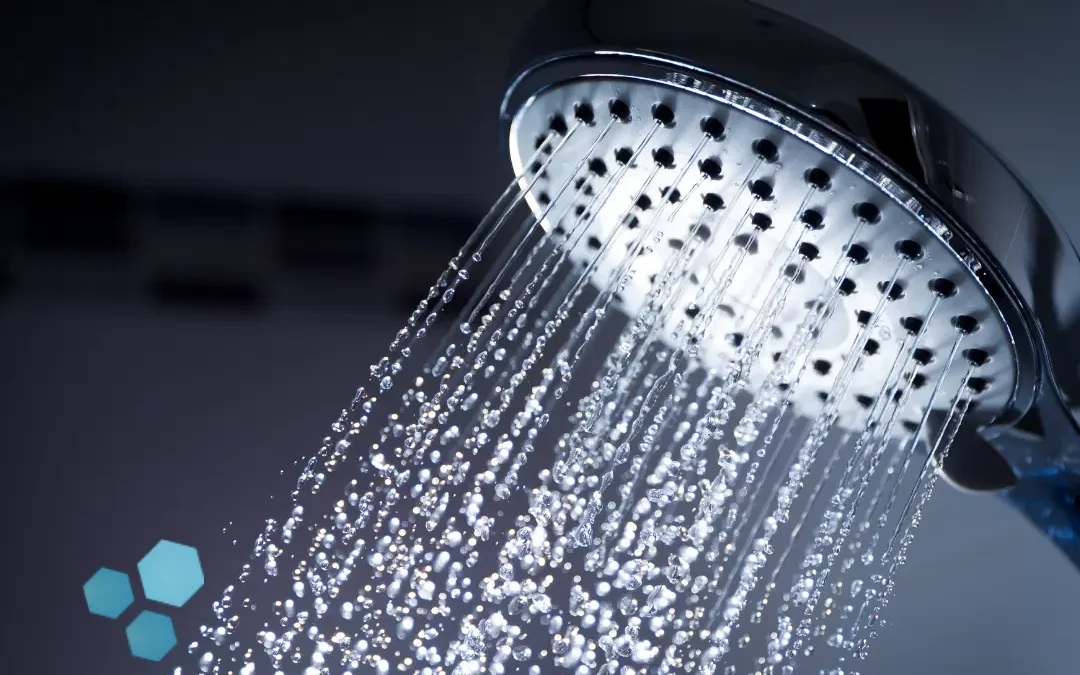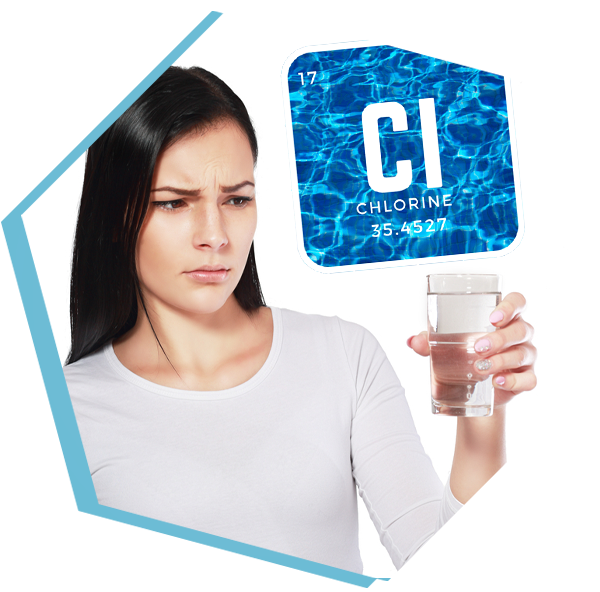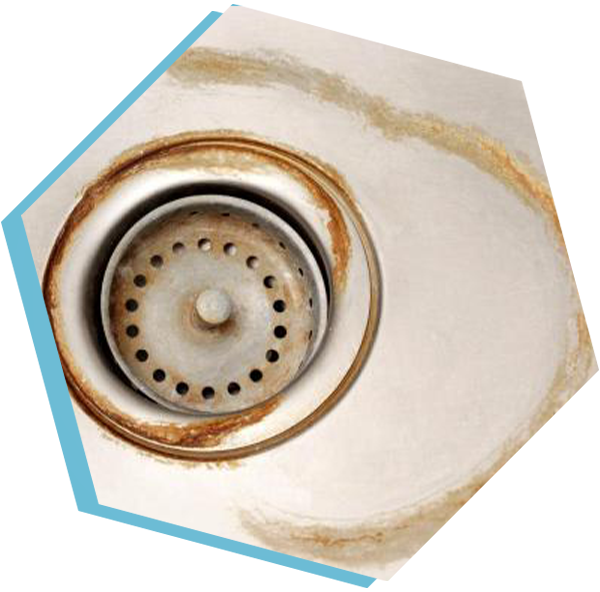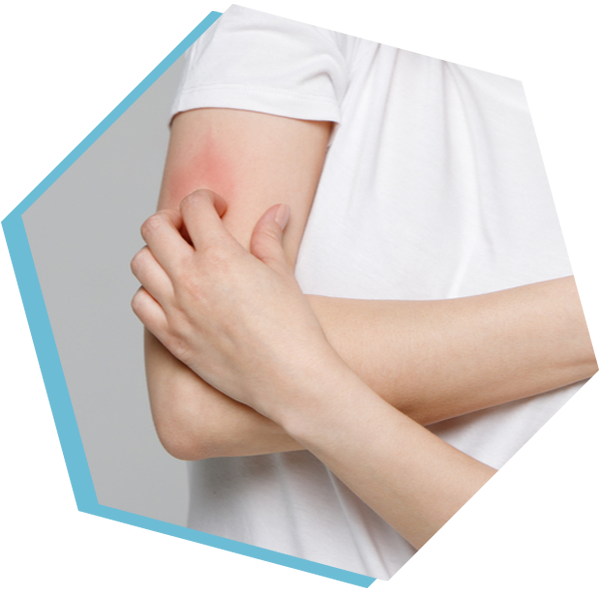What is Water Hardness?
Hardness in water is composed of calcium and magnesium dissolved from natural geologic formations as the water passes from the source to your tap. As the water passes through and over rocks in aquifers, streams, rivers or reservoirs on its long path to your treatment system some of virtually everything the water comes in contact with will dissolve into the water. Hardness is present in two forms. It is either in solution as temporary hardness or permanent hardness depending on what other constituents have dissolved in the water along with the hardness ions. The permanent hardness is generally stable and is less likely to create scale on pipes, water heaters and appliances. It will still react negatively with soap and create curd however. When water is heated such as in water heaters or when boiled or heated for cooking the temporary hardness settles out and creates a scale on the water heater or appliance.
This scale builds up over time creating a solid coating between the heated surface and the water being heated. As the scale increases in thickness it requires longer applications of heat with each additional thickness of scale formation. Eventually this will increase the cost of gas or electricity required to heat your water. Since the heat has to be applied for a greater period of time in order to make its way through the deposited scale it will over time overheat the metal surface of the water heater or appliance resulting in metal fatigue and premature failure.
In washing processes such as laundering clothes or dishwashing the hardness will react with the soap in a chemical process that renders the soap molecule ineffective. The resultant compound created in the process is commonly known as soap curd. Soap curd is difficult to completely rinse out of clothes during the laundry cycle resulting in a portion of the soap getting caught in the fibers of the fabric. Over time this curd builds up and ultimately will wear out the fabric and cause dulling of the fabric. Hardness is most effectively removed by a process called ion exchange. In this process one atom of calcium or magnesium is exchanged for two atoms of either sodium or potassium. The resultant water is free of calcium and magnesium.
Ion Exchange
It is this process that we call ion exchange softening. It is for this reason that a small amount of either sodium or potassium is present in water softened by ion exchange. The use of potassium as an alternate regeneration agent allows for softened water that is free of added sodium. This water can be used by those who prefer to have a low sodium alternative to softened water. Water softened by potassium exchange can also be used for watering plants which might otherwise be sensitive to increased sodium. While technically feasible to use potassium water for such purpose it is generally recommended to isolate all outside hose bibs from water to be used for irrigation so that only untreated water is used for that purpose. This will over the long run be more economical to operate and will save money.



